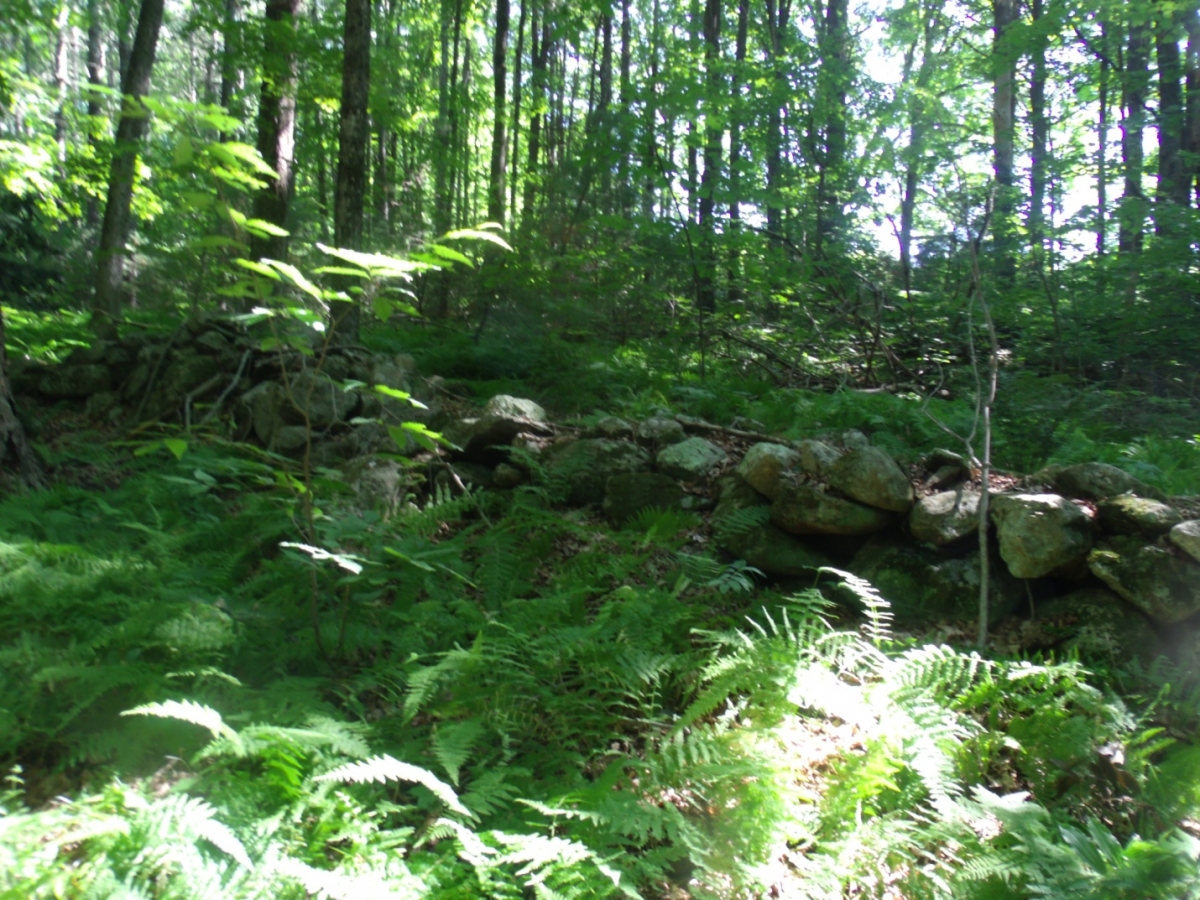You are here
Up Close and Personal with Hemlock Forests
 As I stood looking down at a forest of green, I started to feel a welling emotion within me. Maybe a feeling of awe. Perhaps nausea due to a fear of heights. I just couldn’t help but admire the capacity a forest has to work as a single organism, similarly to the way that hundreds of bees make up an organism that is a hive. It was orientation week and we all had the chance to climb one of the research towers in order to see the forest canopy. Seeing the forest from above as I stood on a scaffold watching the wind blow the leaves so that waves moved and crashed across the canopy, I knew that understanding how individual trees can make up an organism that is a forest was of great interest to me.
As I stood looking down at a forest of green, I started to feel a welling emotion within me. Maybe a feeling of awe. Perhaps nausea due to a fear of heights. I just couldn’t help but admire the capacity a forest has to work as a single organism, similarly to the way that hundreds of bees make up an organism that is a hive. It was orientation week and we all had the chance to climb one of the research towers in order to see the forest canopy. Seeing the forest from above as I stood on a scaffold watching the wind blow the leaves so that waves moved and crashed across the canopy, I knew that understanding how individual trees can make up an organism that is a forest was of great interest to me.
 I guess my fascination with plants, trees in particular, is why I'm on the research team that studies the effects the declining eastern hemlock tree has on the future of hemlock dominated forests in New England. The hemlock tree is under the attack of an incredibly small insect known as the woolly adelgid, an insect that is no larger than the period at the end of this sentence. After its accidental introduction decades ago, the hemlock trees have slowly been dying and the historical habitat that these trees create is slowly changing. The goal of my research team is to understand what this means for the future of these forests. In order to accomplish this, every four years an enormous stack of data is collected and entered into the database. Lots of data means lots of fieldwork, which is why most of my time is spent outside. And I must admit that there is something intimate about working in the forest.
I guess my fascination with plants, trees in particular, is why I'm on the research team that studies the effects the declining eastern hemlock tree has on the future of hemlock dominated forests in New England. The hemlock tree is under the attack of an incredibly small insect known as the woolly adelgid, an insect that is no larger than the period at the end of this sentence. After its accidental introduction decades ago, the hemlock trees have slowly been dying and the historical habitat that these trees create is slowly changing. The goal of my research team is to understand what this means for the future of these forests. In order to accomplish this, every four years an enormous stack of data is collected and entered into the database. Lots of data means lots of fieldwork, which is why most of my time is spent outside. And I must admit that there is something intimate about working in the forest.
 We walk into it, around it, through it and out of it every day. We have personally found and measured over 7,000 trees within the long term research site where our data is collected, and we have learned how to identify the different species of oak, birch, and maple just by the bark on their trunks. I now know the site like the back of my hand. But there is still so much I hope to learn from it. Though the summer is half over, there is so much that this forest can teach me. All I have to do is pay attention.
We walk into it, around it, through it and out of it every day. We have personally found and measured over 7,000 trees within the long term research site where our data is collected, and we have learned how to identify the different species of oak, birch, and maple just by the bark on their trunks. I now know the site like the back of my hand. But there is still so much I hope to learn from it. Though the summer is half over, there is so much that this forest can teach me. All I have to do is pay attention.

